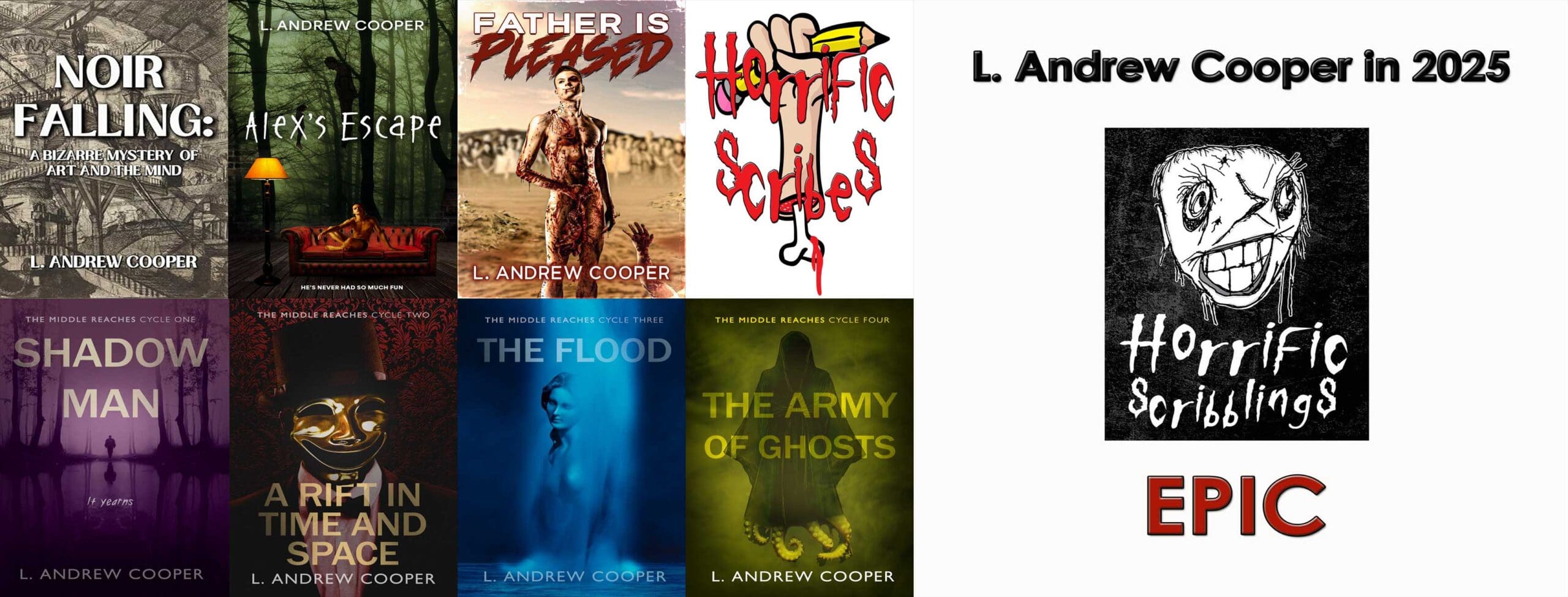I’ve published… ten?… books, but I’m still relatively new to screenwriting. Before a few weeks ago, I had written two features. One of them went out to two festivals: it was an official selection at one, and it placed second in the drama category at the other, so I got pretty lucky. The other went to a production company, got read (yay!), and got rejected (boo). And that was it until, recently, I started a mission to adapt several stories from my collection Leaping at Thorns, due to be republished soon by Three Bitches Press. I figured that getting the stories some exposure in the film world might help out the book, so I should try my hand at some short scripts. The collection starts with a story called “Charlie Mirren and His Mother,” one of the most horrific things I’ve ever written, so I figured there was no reason why the adaptation couldn’t start there…
Well, there was one big reason. In the original story, the title character, Charlie, is kidnapped, and something unthinkable happens to him. Later, something even more unthinkable happens to Charlie and his mother, Sharon. The original story is locked in Charlie’s perspective, so a lot of what it narrates takes place deep inside Charlie’s head. When events begin, he doesn’t know what’s happening, so he imagines different possibilities. When events involve his mother, he thinks about his relationship with her, reflecting on key moments from their past. All this thinking and imagining occurs, of course, with no dialogue or present-moment imagery. It’s a natural way for Charlie to escape what’s happening to him, but it’s not at all screen friendly.
Charlie’s past and his imaginings ultimately give his fate much more power, so I knew I needed to bring them to life somehow in the screenplay. I had to break down my prose and start over, building up a script. Luckily, with the help of an old gift certificate, I had recently acquired a copy of Final Draft software, and it has a handy mode that allows you to represent your story ideas as “beats.” I took my story and tore it into pieces, separating chunks of text into beats representing crucial moments or possible scenes. I then color-coded beats from Charlie’s past–using ROY G BIV to show their chronological order–and lined them up next to beats from the story’s present. With the story cut up in terms of time instead of consciousness, I figured out a way to run it so that the impact might unfold in a viewing audience’s mind like I had presented it unfolding in Charlie’s mind for my original readers. For instance, I took one of the earliest chronological moments, a tense-and-then-tender moment between Charlie and his mother, and made it the script’s starting point, whereas it appears in Charlie’s mind about halfway through the original story. While a couple of scenes from the past might play like flashbacks, overall they have more autonomy. To give them that, I had to flesh out the dialogue and characters more. Charlie’s past became more immediate, more real. I think the story might be better in script-form as a result. In any case, the audience gets more of him as a person, as well as more of Sharon, who hardly has a name in the original story.
Another major obstacle to adaptation was the original story’s tendency to lavish description on Charlie’s extremes of psychological terror and disgust. A good actor could do a lot with those emotions, but I needed more than acting. The solution I decided on was to have Charlie’s kidnapper observe his distress and talk about it with him, savoring the details. The kidnapper was already a sadist, but this new dialogue makes his sadism even more distinct. Again, by bringing the inside outside and detailing it, I think I have made the story more potent–I leave “better” to the judgment of readers or viewers who experience the sadism for themselves.
All in all, adapting was a good experience, far more creative than I anticipated. I’m happy with the results. I hope someone will come across them and want to film them… in capable hands, I think “Charlie’s Mother” could be an unforgettable horror show.

Comments are closed.